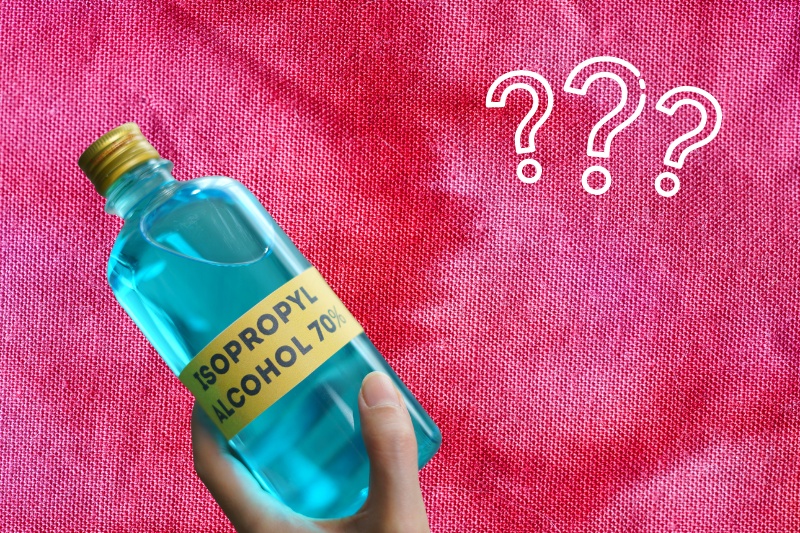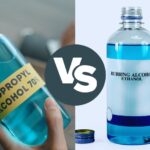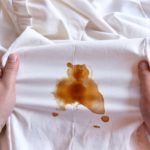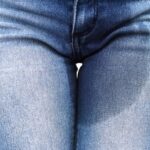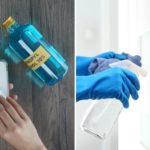When it comes to the army of things out there that might stain your clothes, you would certainly hope that isopropyl alcohol doesn’t feature among its ranks.
Isopropyl alcohol is one of the main ingredients of rubbing alcohol, which is often recommended to get rid of stains.
It would be a little counter-productive to use something that stains as it cleans. So, whether or not isopropyl alcohol can stain your clothes is an important question.
Let’s start by putting it under the microscope.
What’s in Isopropyl Alcohol?
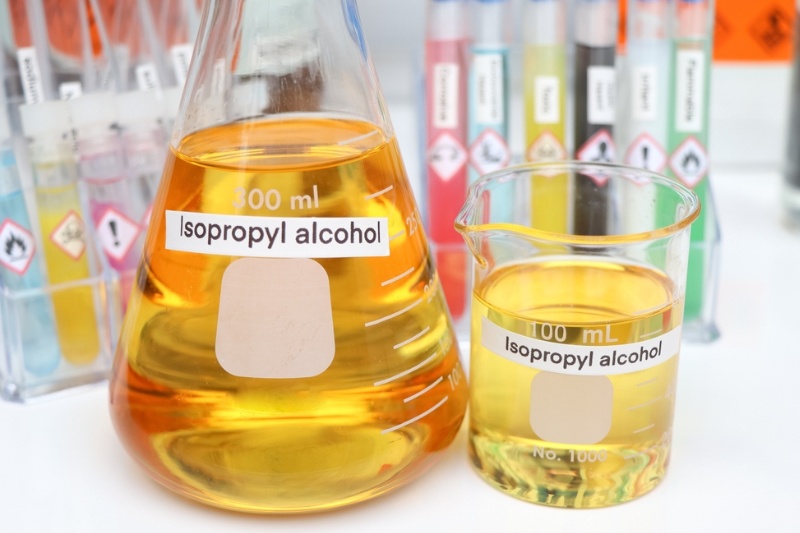
Not a lot, really. Isopropyl alcohol is remarkably tricky to spell but inordinately easy to break down into its component parts. That’s because they are as follows: alcohol. That’s it.
It’s not the kind of alcohol you’d necessarily find in a nice dry white wine though, and it should go without saying that it’s never to be drunk. This stuff will kill you.
Those of a boffin bent will be eager to know its formula, so for these people, here you go. Non-boffins should look away now. We don’t want you nodding off. C3H8O. This means it’s a compound of carbon, hydrogen and oxygen.
As far as what it looks like is concerned, it’s completely clear and colourless. It gives off a strong musty odour – not the kind of thing you’d want to be dabbing behind your ears on club night.
So, that’s it. Not anything to get too excited about, right? Well, actually, isopropyl alcohol is kind of a big deal and remarkably useful because of its solvent powers.
Introduce a massive range of substances to isopropyl alcohol and it’ll dissolve them, which means it’s super-handy in the cleaning stakes, especially when it comes to grease and oil.
This is why it’s used in rubbing alcohol. Which is where we’ll turn next.
What’s the Difference Between Isopropyl Alcohol and Rubbing Alcohol?
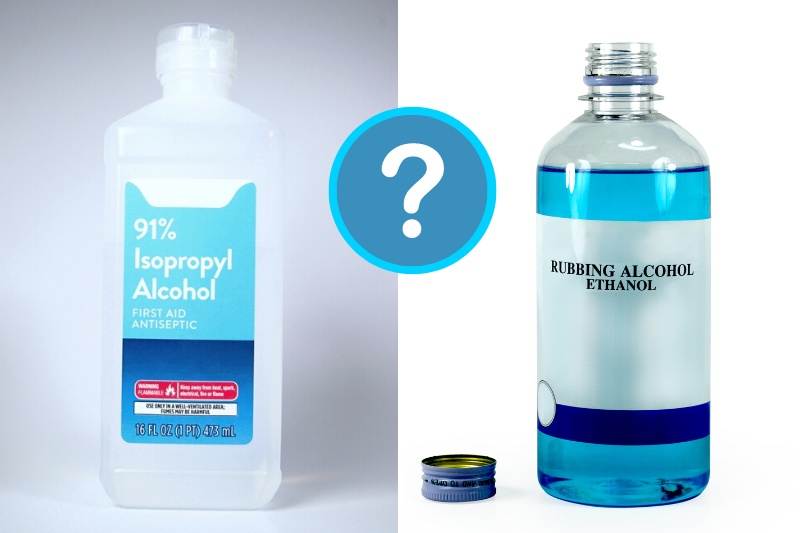
The terms ‘rubbing alcohol’ and ‘isopropyl alcohol’ are often used interchangeably, but they are not the same thing. The short answer is that rubbing alcohol is diluted isopropyl alcohol.
Rubbing alcohol is a poisonous mix of several ingredients, usually isopropyl alcohol and water, though ethanol can be used instead of isopropyl alcohol.
The alcohol to water ratio can vary. It’s common for rubbing alcohol to be 70% isopropyl alcohol and 30% water.
If rubbing alcohol is denatured, it will include some bitter-tasting additions that are there to discourage ingestion (rubbing alcohol is highly toxic). On top of this, there may be perfume and/or dye added, depending on the manufacturer.
Whichever substance it is you’re using, you need to make sure that the room you’re in has plenty of air flowing through it as there can be some pretty striking fumes given off, due to the fast-evaporating nature of alcohol.
Also, it’s best to use gloves, a facemask and eye protection. You really don’t want to get any of either substance in contact with you.
Does Isopropyl Alcohol Stain Clothes?
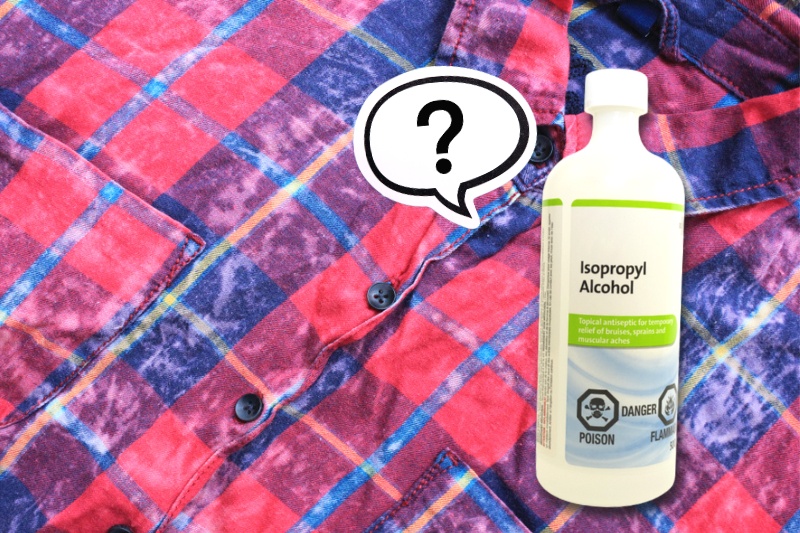
Isopropyl alcohol is a clear, colourless liquid that won’t leave any colour on fabric. However, it can sometimes dissolve the dye on the fabric, which can lead to discolouration and migration of the dye outwards. This can leave a lighter patch surrounded by a ring of darker pigment.
If you think that isopropyl alcohol caused the dye to dissolve on your clothes, act fast. Before it dries and has had a chance to do its fading thing, get some dye fixative and mix it with water to make a paste.
Apply the paste to the area that’s come into contact with isopropyl alcohol. Then scrub the stain off with a cloth. Once you’re happy that the stain’s gone, rinse and dry the garment in the open air.
A second approach involves using more, not less, isopropyl alcohol. Huh? I know. If it’s too late to use the above method and the fading’s already taken place, you can try and remedy things by loosening up the dye in the surrounding area and spreading it over the faded patch.
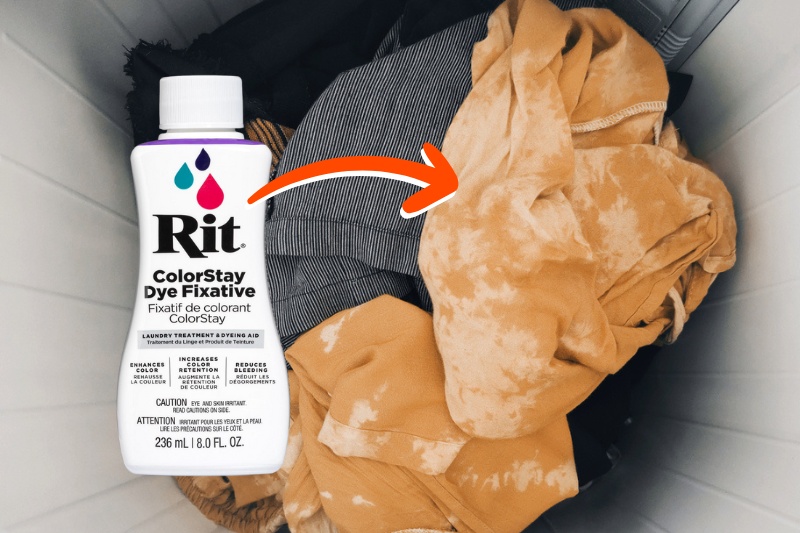
You can do this by applying a little isopropyl alcohol with a ball of cotton wool and spreading the dye around gently.
Yes, it’s high risk. But it’s this or find a fabric marker of exactly the same colour. Or admit defeat and just dye the whole thing a different shade.
If it’s a white garment that’s got isopropyl alcohol on it, then it shouldn’t matter, there being no dye involved in any case.
If you’re worried, however, there’s nothing to stop you applying some bleach and washing as usual. Just to be on the safe side.
Luckily, it’s not all fabrics that are vulnerable to isopropyl alcohol fading. Synthetics such as acrylics tend to be more vulnerable, but in general the risk is modest. It’s always sensible to try it out on an inconspicuous patch first.
Can Rubbing Alcohol Stain Clothes?

We said earlier that isopropyl alcohol itself doesn’t leave any colour on clothes, but can cause dies to dissolve and migrate. Rubbing alcohol, on the other hand, can contain bleaching agents, so it could fade black clothes.
If the worst happens and you have some colour on your clothes that you weren’t planning for, you can try a stain remover spray or oxygen bleach. Then wash and dry as usual. Panic over.
Cleaning Alcohol – A Handy Substance
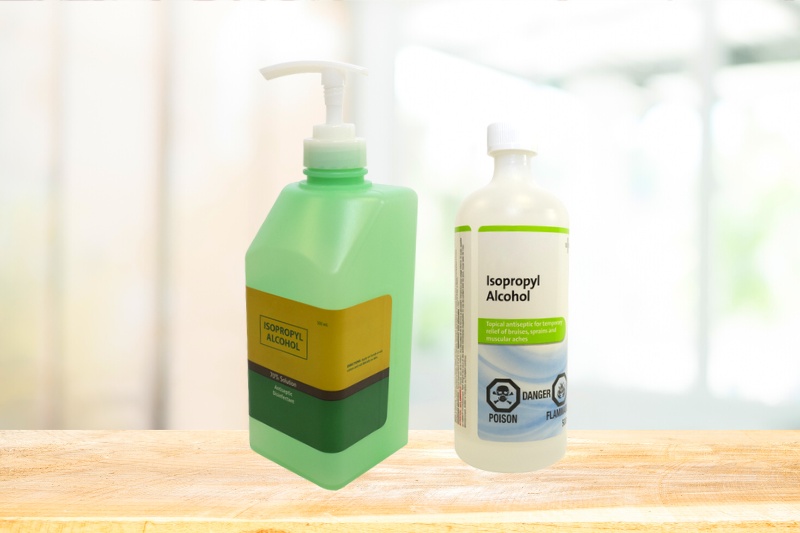
The upshot of all this is twofold, depending on which sort of cleaning alcohol you’re using.
Firstly, if you’re using isopropyl alcohol, make sure that the fabric you’re using it on is up to it. Always test. A good maxim for life.
Secondly, if what you’re using is in fact rubbing alcohol rather than pure isopropyl alcohol, then check it to see if it’s got any colour to it before you apply it.
If anything should go wrong now, whichever alcohol you’re using, you should know exactly what to do about it.
If it’s isopropyl and it’s left some fading or rubbing and it’s left a stain, you’ve got all the know-how you need to get things back on track.

Martin’s life revolves around films, dogs and food, but rarely all at the same time. At least two out of these three like to give clothes and furniture a hard time, and Martin enjoys discovering and writing about new ways to stop them doing their worst.
